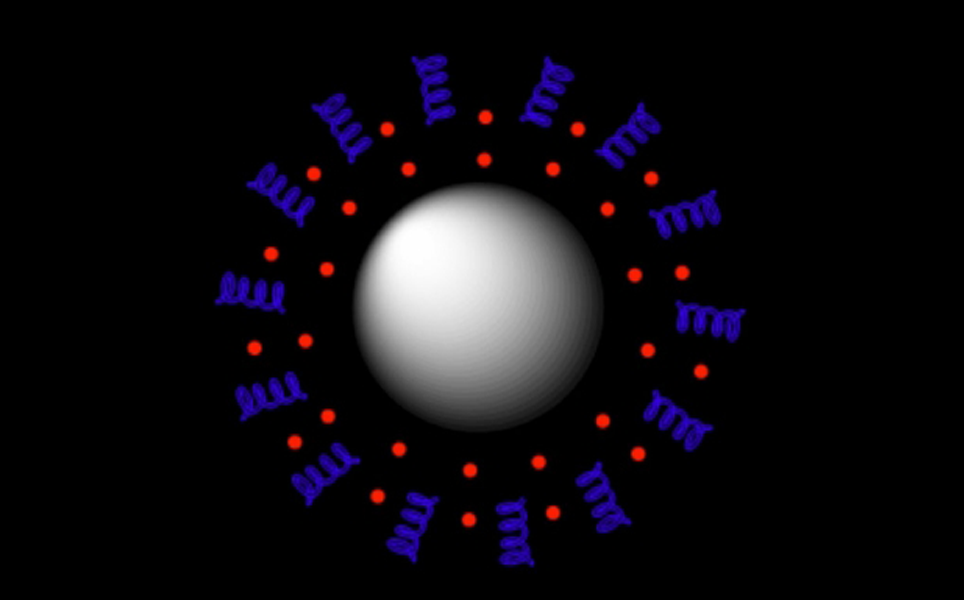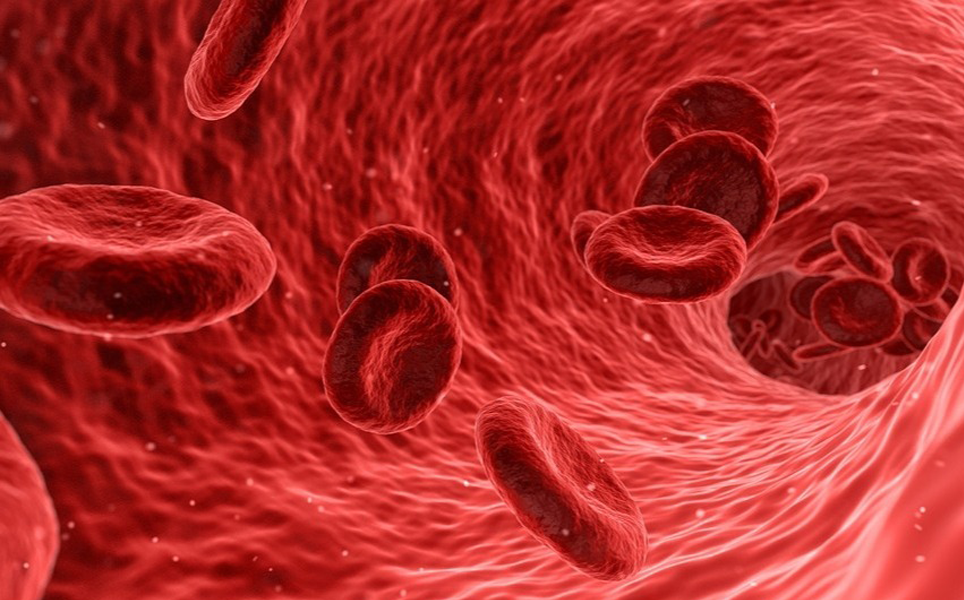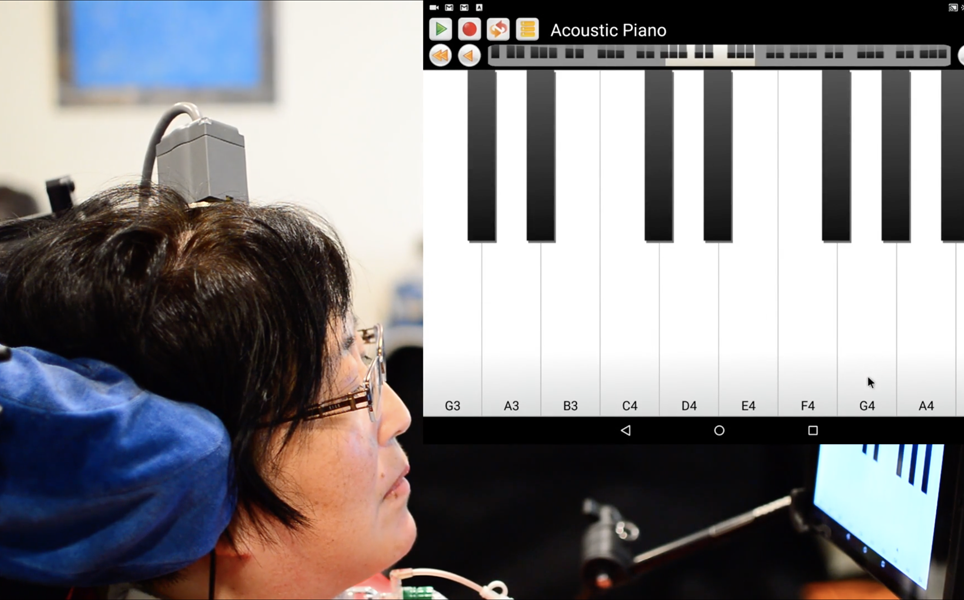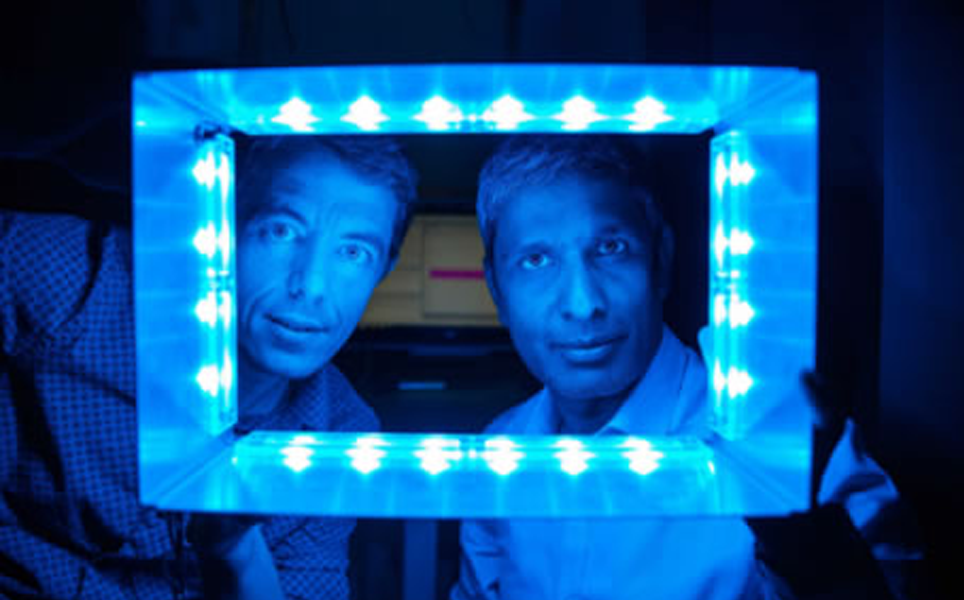
The best neuroscience research news from November 2018
Our selection of the best neuroscience stories from this month include discovery of a hidden brain region, the solving of a neuroscience mystery and a new way to deliver drugs to the brain. Happy reading!
1. Ultrasound releases drug to alter activity in targeted brain areas in rats
Researchers at Stanford University have developed a way to use focused ultrasound to release drug molecules from nanoparticle cages that have been injected into the bloodstream.
The method can noninvasively and specifically deliver drugs to desired parts of the brain. In the study, pharmacologically active amounts of a drug were released from the cages in small areas of rats’ brains. The drugs acted immediately, but only acted while the ultrasound was present and above a threshold. The action of the drugs could be modified by changing the strength and duration of the ultrasound beam.
This new technology could enhance neuroscience research as well as improve clinical procedures.

Caged drug delivery
2. Scientists solve century-old neuroscience mystery; answers may lead to epilepsy treatment
Scientists at the Virginia Tech Carilion Research Institute have elucidated the function of perineuronal nets, which has not been known since they were discovered in 1893.
The researchers found that the nets, which are wrapped around neurons, modulate electrical impulses in the brain, and that seizures can occur if the nets are dissolved. This discovery of the role of the nets suggests they are implicated in different forms of acquired epilepsy.
The researchers found that glioblastoma tumours secrete an enzyme which destroys perineuronal nets. The perineuronal nets are primarily found wrapped around inhibitory neurons, and once the nets are destroyed, seizures are induced. Without perineuronal nets, inhibitory neuron firing is too slow, so inhibition is too low and seizures occur, even in healthy brains.
If further research confirms that destroyed perineuronal nets are responsible for other forms of acquired epilepsy, an enzyme inhibitor could be a potential treatment.
Neuronal nets
3. Neck scan could predict risk of developing cognitive decline
A scan of blood vessels in the neck during mid-life could predict cognitive decline ten years before symptoms appear, researchers at UCL propose.
Healthy arteries are elastic, which reduces the high pressure of blood coming from the heart to ensure it flows smoothly and at a constant speed through fragile blood vessels in the brain. Factors such as ageing and high blood pressure cause arteries to stiffen, meaning that a stronger physical pulse travels into the blood vessels that supply the brain. This can cause damage to the small vessels of the brain, as well as structural changes in the brain’s blood vessel network and mini strokes. All of these could contribute to dementia.
In the study, ultrasound was used to measure the intensity of pulses reaching the brains of middle-aged volunteers. It was found that those whose blood reached their brain with the highest intensity were at around a 50% higher risk of developing cognitive decline over the next decade.

Predicting cognitive decline
4. NIH scientists combine technologies to view the retina in unprecedented detail
Scientists at the National Eye Institute have combined adaptive optics and angiography technologies to view the retina in extraordinary detail.
Adaptive optics was used to correct light distortions and enable live neurons, epithelial cells and blood vessels in the retina to be seen in unprecedented detail. This could lead to earlier detection of diseases that affect eye tissue, including age-related macular degeneration, Alzheimer’s disease and atherosclerosis.
Seeing the retina
5. Scorpion venom to shuttle drugs into the brain
Scientists at IRB Barcelona have found that a peptide derived from chlorotoxin, found in scorpion venom, has blood-brain barrier permeability.
The scientists have modified this peptide and found that it can efficiently transport drugs across the blood-brain barrier. This could be a new way to administer the 98% of drugs that are unable to cross the blood-brain barrier.

Scorpion shuttle
6. Breakthrough in treatment of Restless Legs Syndrome
New research has found that Restless Legs Syndrome (RLS) is not only caused by the central nervous system, but by an increase in excitability of nerve cells that connect to the muscles in the leg.
This research, carried out by the University of Gottingen in conjunction with the University of Sydney and Vanderbilt University, suggests that drugs that block ion channels that are essential for nerve cell communication could reduce signalling to normal levels and prevent RLS symptoms.
RLS breakthrough
7. Brain-computer interface enables people with paralysis to control tablet devices
In a BrainGate clinical trial, which includes Brown University researchers, a brain-computer interface was found to enable people with paralysis to operate a tablet device by just thinking about making cursor movements and clicks.
The brain-computer interface records neural activity through a small sensor that is placed in the motor cortex. The sensor detects signals associated with intended movements, decodes the signals and sends them to an external device, which in this case was a virtual mouse. This enabled the three clinical trial participants, who had tetraplegia, use a variety of commonly used tablet functions, including email, chat and music-streaming.

Find out more
8. Neuroscientist discovers hidden region in the human brain
Scientia Professor George Paxinos, conjoint Professor at the University of New South Wales has discovered a hidden region of the human brain, which he has named the Endoforestiform Nucleus.
The region is located near the brain-spinal cord junction, within the inferior cerebellar peduncle. This is an area that integrates sensory and motor information to improve posture, balance and fine motor movements. Professor Paxinos has therefore suggested that the Endoforestiform Nucleus may be involved in fine motor control.
New brain region
9. Why screen time can disrupt sleep
Scientists at the Salk Institute have discovered how screen time affects our sleep.
The researchers have identified how light-sensitive cells in the retina process ambient light and signal this to the brain to regulate consciousness, sleep and alertness. When these cells are exposed to artificial light late at night, it results in suppression of melatonin, a hormone which regulates sleep.

Less screen more sleep
10. A sweet tooth: Cells using sugar for metabolic process may fight inflammation
New research has discovered a type of adult stem cell, found in muscle, bone and fat tissues, that can be manipulated to enhance tissue regeneration and possibly treat inflammatory disease.
The researchers from Florida State University have found that these cells are able to utilise different metabolic processes to meet energy demand and can use sugar alone to produce energy. When this process is used to produce energy, their response to inflammatory stimuli is enhanced. Researchers could potentially use these cells in future therapies to treat inflammatory disease.
Read more
Please send all brain-computer interfaces, nanoparticle cages, comments and feedback to [email protected]
Banner image credit: Qian Zhong and Raag Airan
Take a look at the top neuroscience stories from previous months...
Sign up to receive our latest news
Find out about Scientifica's latest product releases, company news, and developments through a range of news articles, customer interviews and product demonstration videos.

)